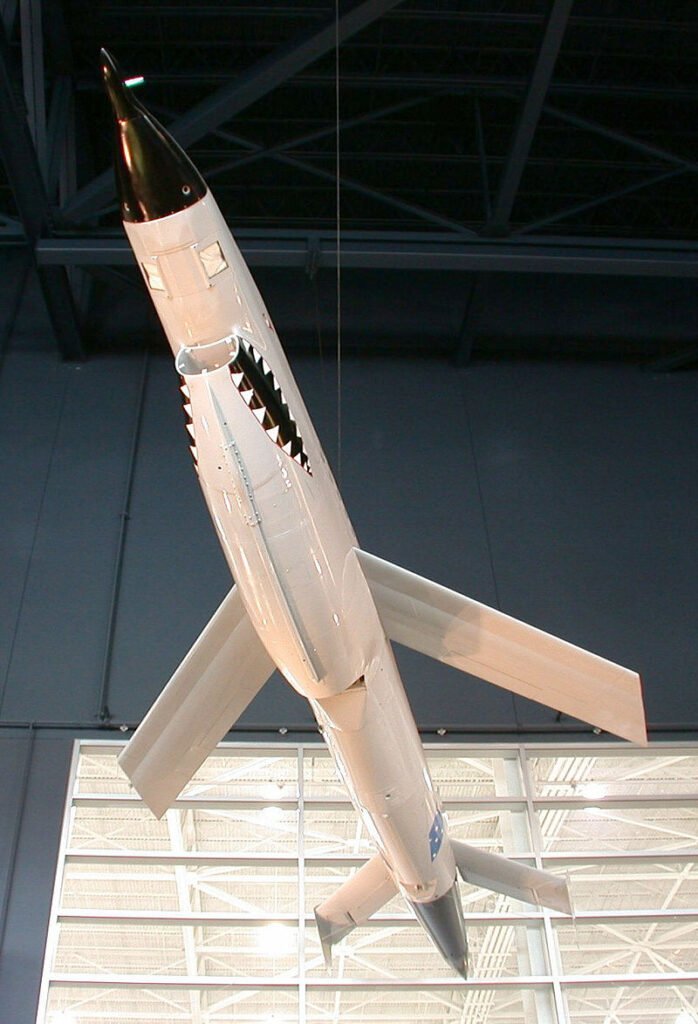Drones, once solely known as military weapons, have transformed into consumer electronics, serving a myriad of purposes. From climate monitoring to goods delivery, search and rescue operations to filmmaking, drones have become indispensable in today’s society. While the U.S. military boasts a substantial fleet of these unmanned flying machines, it is the private sector that has truly embraced their potential. The concept of drones dates back to the 19th century when unmanned balloons were used by Austria in 1849. However, it wasn’t until 1907 that the first quadcopter was developed, marking a significant step in drone technology. Subsequent advancements during both World Wars and the Vietnam War paved the way for the widespread integration of drones in military operations. In the 1960s and 1970s, recreational RC planes provided further innovation, while the 1980s saw military drones becoming more reliable and cost-effective. The 1990s introduced miniaturized UAVs and the renowned Predator drone. As for the past decade, it witnessed an unprecedented surge in drone innovation and commercial interest.
Table of Contents
Toggle1849 – Unmanned Balloons by Austria
Drones have come a long way since their inception, with advancements and innovations shaping their evolution over the years. The concept of drones can be traced back to the use of unmanned balloons by Austria in 1849. These early drones were essentially balloons equipped with instruments and cameras to gather intelligence during military operations. Although primitive by today’s standards, these unmanned balloons laid the foundation for the future development of aerial technology.
1907 – Development of the First Quadcopter
The evolution of drones gained momentum in 1907 with the introduction of the first quadcopter. Created by Louis Breguet, this early prototype featured a design that included four horizontally mounted rotors capable of vertical takeoff and landing. While its capabilities were limited compared to modern drones, the development of the quadcopter was a crucial milestone that showcased the potential for unmanned aerial vehicles.

This image is property of images.interestingengineering.com.
World War I and World War II – Advancements in Drone Technology
The outbreak of World War I in 1914 brought about significant advancements in drone technology. During this time, drones were primarily used for aerial surveillance and reconnaissance purposes, providing valuable intelligence to military strategists. These early drones were equipped with cameras and radio equipment, allowing them to capture images and transmit information in real-time.
Further improvements in drone technology were seen during World War II. Drones were utilized extensively for various military operations, including target practice, target simulation, and even as weapons. The development of explosive-carrying drones and aerial torpedoes demonstrated the potential for these unmanned aerial vehicles as offensive weapons.
Vietnam War – Widespread Use of Drones for Reconnaissance
The Vietnam War marked a turning point in the widespread use of drones for reconnaissance. Unmanned aerial vehicles, commonly known as UAVs, were deployed to gather intelligence, monitor enemy positions, and provide critical information to ground troops. These drones played a vital role in minimizing casualties by reducing the need for human pilots to fly dangerous missions.

This image is property of images.interestingengineering.com.
1960s and 1970s – Development of Recreational RC Planes
The 1960s and 1970s witnessed the development of recreational RC (Radio Controlled) planes, which played a significant role in expanding the hobbyist and civilian use of drones. These planes, controlled remotely by operators on the ground, allowed enthusiasts to experience the thrill of flying without the risks associated with piloted aircraft. The increasing popularity of recreational RC planes sparked further interest and innovation in drone technology.
1980s – Military Drones Become More Reliable and Less Expensive
During the 1980s, military drones underwent significant improvements in reliability and cost-effectiveness. Advances in technology allowed for the development of more robust and durable drones, capable of withstanding harsh environmental conditions. Additionally, the cost of manufacturing these drones decreased, making them more accessible to military forces worldwide. These advancements paved the way for the further integration of drones into military operations.

This image is property of images.interestingengineering.com.
1990s – Introduction of Miniaturized UAVs and the Predator Drone
The 1990s marked another milestone in the evolution of drones with the introduction of miniaturized UAVs. These smaller and more agile drones opened up new possibilities for surveillance and reconnaissance missions, allowing for greater maneuverability and stealth. Additionally, the famous Predator drone made its debut during this decade. The Predator, armed with advanced sensors and weaponry, revolutionized the capabilities of military drones and cemented their role in modern warfare.
The Last Decade – Surge in Drone Innovation and Commercial Interest
The last decade has witnessed a surge in drone innovation and a growing commercial interest in these unmanned aerial vehicles. Rapid advancements in technology have led to the development of drones with enhanced capabilities, including longer flight times, higher resolution cameras, and improved stability. These technological breakthroughs have not only expanded the applications of drones in various industries but have also sparked the public’s interest in owning and operating their own drones.

This image is property of images.interestingengineering.com.
Drones: From Military Weapons to Consumer Electronics
Drones have now evolved from being military weapons and tools into consumer electronics that have found applications in various sectors. The versatility of drones allows them to be used for climate monitoring, goods delivery, search and rescue operations, and filming, among many other functions. Their ability to access areas that may be difficult or dangerous for humans to reach has made them an invaluable asset in emergency response, data collection, and entertainment industries.
Comparison: Military vs Private Use of Drones
While the U.S. military possesses a significant fleet of drones, their numbers are surpassed by the drones in private use. The military’s extensive deployment of drones highlights their importance in modern warfare, with UAVs playing crucial roles in intelligence gathering, surveillance, and targeted strikes. On the other hand, private use of drones has grown exponentially, driven by hobbyists, filmmakers, photographers, and businesses. The accessibility of drones to the general public has opened up endless possibilities, allowing individuals to capture stunning aerial footage, monitor crops, inspect infrastructure, and even deliver packages.
In conclusion, drones have undergone a remarkable transformation throughout history. What began as simple unmanned balloons by Austria in 1849 has evolved into an industry that encompasses military operations, recreational pursuits, and consumer applications. With each advancement and innovation, drones have become more capable, reliable, and accessible to a wider range of users. As technology continues to progress, the future of drones holds endless possibilities, and their impact on various sectors will undoubtedly continue to grow.

This image is property of images.interestingengineering.com.


